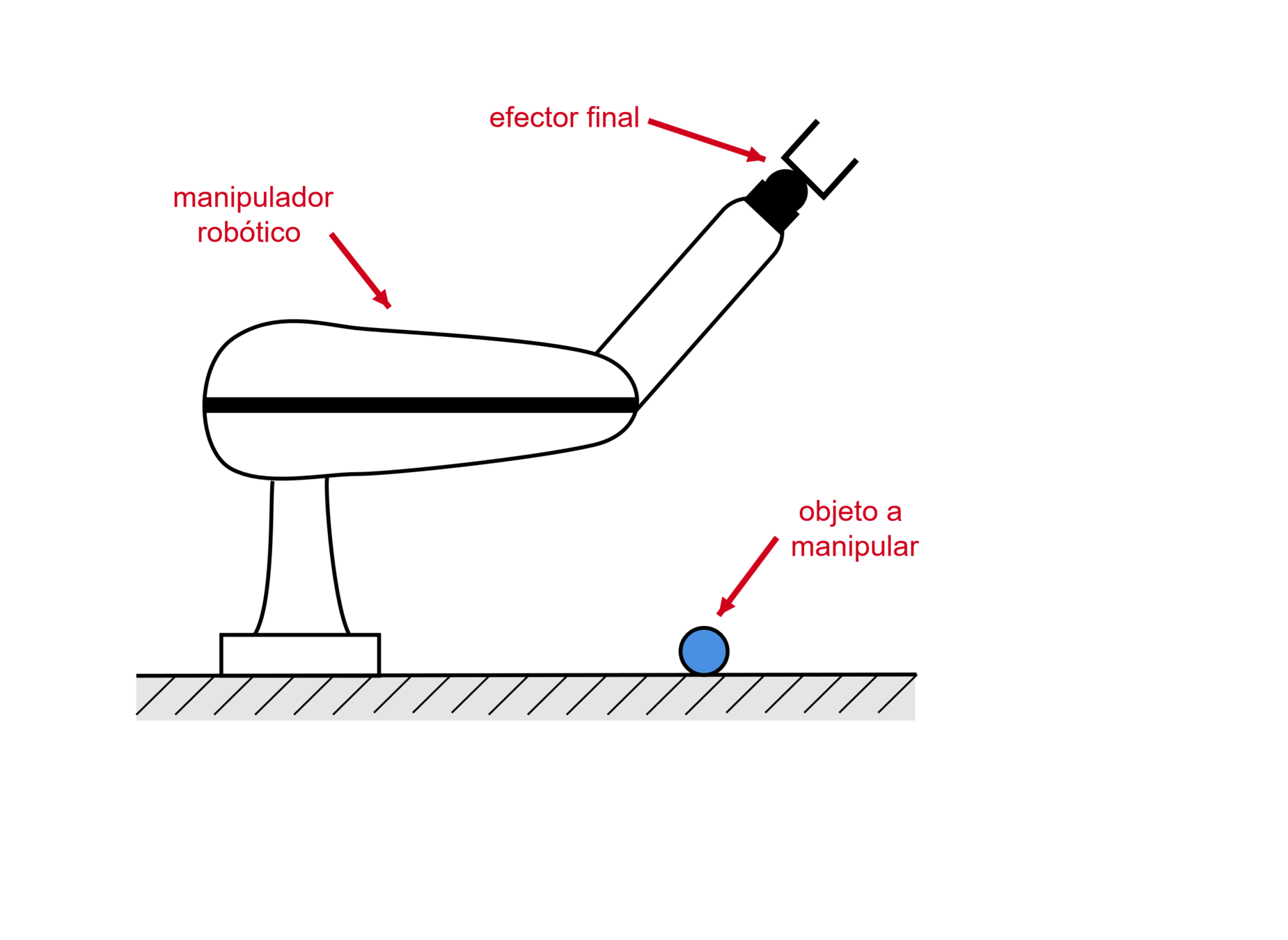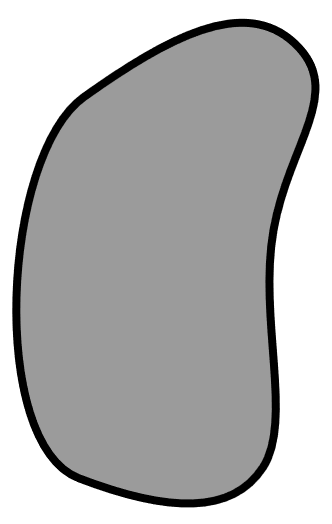Cinemática de cuerpos rígidos en 2D

MT3006 - Robótica 1

Algunas situaciones típicas en robótica...





diversos agentes \(\Rightarrow\) diversas perspectivas
interacción e intercambio de información
lenguaje estándar y sistemático
diversos agentes \(\Rightarrow\) diversas perspectivas
interacción e intercambio de información
lenguaje estándar y sistemático
\(\Rightarrow\) Álgebra lineal
Cuerpos rígidos

Cuerpos rígidos

Cuerpos rígidos












Marcos de referencia

marco inercial
body frame
Marcos de referencia

marco inercial
body frame
vectores en \(\{B\}\) forman un espacio vectorial
\(\hat{\mathbf{x}}_B, \hat{\mathbf{y}}_B, \hat{\mathbf{z}}_B\) base ortonormal para este espacio
Emplearemos marcos de referencia para ubicar cuerpos rígidos, describir su interacción y permitir el intercambio de información



nombre del vector

marco de referencia en donde se define

marco de referencia en donde se define

marco de referencia en donde se define

distintos espacios vectoriales

debe existir para transformar de un espacio al otro

debe existir para transformar de un espacio al otro
marco destino
marco fuente
cuerpos rígidos \(\equiv\) transformaciones rígidas




¿Posición del obstáculo con respecto a la cámara B?
¿Posición del obstáculo con respecto al marco inercial?
¿Posición del obstáculo con respecto a la cámara B?
¿Posición del obstáculo con respecto al marco inercial?
¿Posición del obstáculo con respecto a la cámara B, pero usando la información del robot?
¿Posición del obstáculo con respecto a la cámara B, pero usando la información del robot?
Matriz de transformación homogénea
toda transformación lineal tiene asociada una matriz
Entonces...
¿Posición del obstáculo con respecto a la cámara B?
Entonces...
¿Posición del obstáculo con respecto a la cámara B?
NO, aunque casi... (más adelante)
Pose = posición + orientación
pose de \(\{B\}\) con respecto de \(\{I\}\)
la matriz como tal también posee información
Pose = posición + orientación
pose de \(\{B\}\) con respecto de \(\{I\}\)
la matriz como tal también posee información

¿Ubicación de la cámara C con respecto al marco inercial?
¿Pose del robot con respecto al marco inercial?
¿Ubicación de la cámara C con respecto al marco inercial?
¿Pose del robot con respecto al marco inercial?
¿Qué es entonces la transformación homogénea en 2D?





3 grados de libertad

3 grados de libertad
IT_B = [ cos(theta), -sin(theta), x;
sin(theta), cos(theta), y;
0, 0, 1 ];
IT_B = transl2(x, y) * trot2(theta); % Robotics Toolbox
vector de traslación
posición de \(\{B\}\) con respecto a \(\{I\}\)
coordenadas del origen de \(\{B\}\)
matriz de rotación
orientación de \(\{B\}\) con respecto a \(\{I\}\)
vectores de los ejes de coordenadas para \(\{B\}\)
Las matrices de rotación junto con la multiplicación de matrices forman el grupo especial ortogonal
caso 2D
multiplicación entre rotaciones produce rotaciones
son matrices ortogonales
ajuste por coordenadas homogéneas
ajuste por coordenadas homogéneas
rotación + traslación
rotación + traslación
rotación + traslación
vectores en coordenadas homogéneas
\(\in \mathbb{P}^2 \subset \mathbb{R}^3\)
Las matrices de transformación homogénea junto con la multiplicación de matrices forman el grupo especial euclideano
caso 2D
multiplicación entre transformaciones produce transformaciones
NO son matrices ortogonales
Ejemplo
Suponga que un sensor de distancia instalado en un vehículo autónomo detecta una señal de tránsito en la posición \(\begin{bmatrix} 1 & 3 \end{bmatrix}^\top\). Este vehículo se encuentra en la posición \(\begin{bmatrix} 2 & 0 \end{bmatrix}^\top\) en el marco inercial (o global) con una orientación de \(\pi/3\). ¿Cuáles son las coordenadas globales de la señal de tránsito? (Asuma que los marcos del sensor de distancia y del robot son iguales)
>> mt3005_clase1_vehiculo2d.mlx
Addendum:
MT3005 - Lecture 1 (2025)
By Miguel Enrique Zea Arenales
MT3005 - Lecture 1 (2025)
- 131



